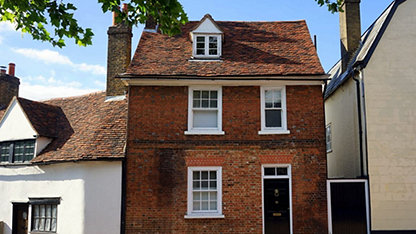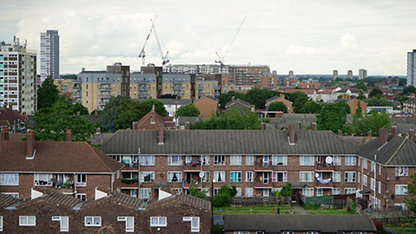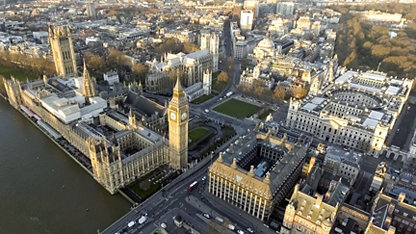Standardised Approach
The EWS process, and resulting form, is a set way for a building owner to confirm to valuers and lenders that an external cladding system on residential buildings in scope above 18m in height (approx 6-storeys) has been assessed by a suitable expert. Not every building in scope above 18m will require an EWS form – only those with some form of combustible cladding or combustible material on balconies.
The process itself, involves a "qualified professional" (see below) conducting a fire-risk assessment on the external wall system, before signing an EWS1 form, which is valid for the entire building for 5 years.
By exception there may be some residential buildings below 18m which may have ‘specific concerns’. These would be 4 & 5 storey buildings in scope which may have combustible cladding or balconies with combustible materials, which are only a clear and obvious danger to life safety and may require remediation in accordance with the latest Government advice;
https://www.gov.uk/guidance/building-safety-programme
We do not envisage residential in scope buildings 1-3 storeys in height requiring an EWS form, unless the type of occupation of the building significantly increases risk to life in the event of a fire eg a care home with elderly people which could not be evacuated quickly and which will necessitate remediation works that will materially affect value.
You should always have a rationale to justify the request for the EWS
A pro-forma, EWS, has been created, to be provided to the RICS Member and Lender during the valuation process. The EWS form is a clear and transparent pro-forma completed by a fire expert, on behalf of the building owner, who will advise whether works are required.
Due to legislative differences in Scotland, factors (property managers) need majority approval from individual flat owners to obtain the EWS. To ensure safety of occupation and ability to buy and sell, flat owners should speak with their factors to discuss how to resolve obtaining the EWS form and avoid duplication per block.
You should always obtain the EWS form where the building appears to comprise - or does comprise - combustible materials to the external wall system or balcony, as this has been agreed as the industry standard approach to confirming whether works are required.
If an EWS form is not available, you should refer to lender guidance and consider withholding the valuation figure or condition advice until one is made available to you.
It is likely lenders will provide standard paragraphs for you to use when you either request or have sight of an EWS form. You should use the following phrase where this is not available to you. This will allow the borrower to understand your role and responsibilities.
In arriving at the valuation for mortgage purposes, your mortgage lender and the mortgage lender's appointed valuer (where applicable) we have relied on the EWS1 form in good faith by a professionally qualified third party. There is however, no liability to the lender, the valuer or to you, the borrower for any losses or potential losses arising directly and solely from the valuation being provided in reliance upon the EWS1 form. If you require further information then please seek independent advice prior to legal commitment to purchase.
It is important a disclaimer is used in all reports. You should always check that the person who has completed the form has completed the information set out in Notes 2 and 3 and that the information in the EWS1 form is complete and appears to make sense.
You should also speak with your lender clients regarding a disclaimer between you and your lender. The suggested disclaimer is:
"We (insert name of lender) formally acknowledge that where a valuation prepared for mortgage lending purposes by [you/identify valuation firm]] [our appointed valuers and valuers panel] has been prepared in reliance upon the EWS 1 form (or as revised) in the full knowledge and understanding that this document is produced in good faith by a professional third party but excludes any liability to the lender, the valuer, valuer panel or the borrower and we agree that we will not, and any person deriving title to the mortgage from us will not, pursue a claim against the valuer for any losses or potential losses arising directly and solely from the valuation being provided in reliance upon the EWS 1 form.”
RICS Members and Firms should always take independent steps to seek their own legal advice, which is tailored to the circumstances of any individual case.
To the extent permitted by law, RICS excludes all liability and responsibility for any direct, indirect or consequential loss or damage incurred by any person or entity arising in connection with any reliance placed on the attached wording.














